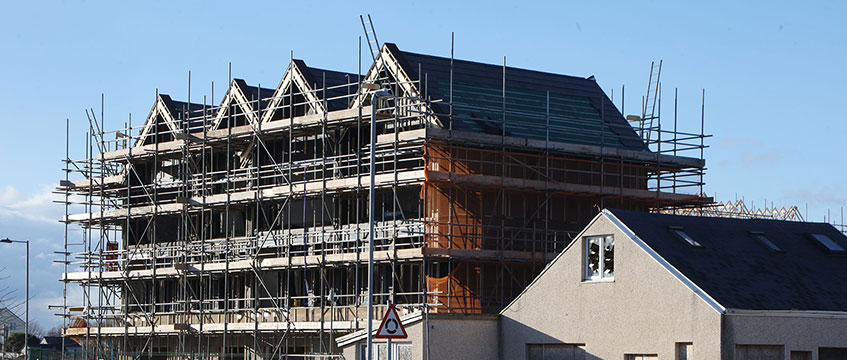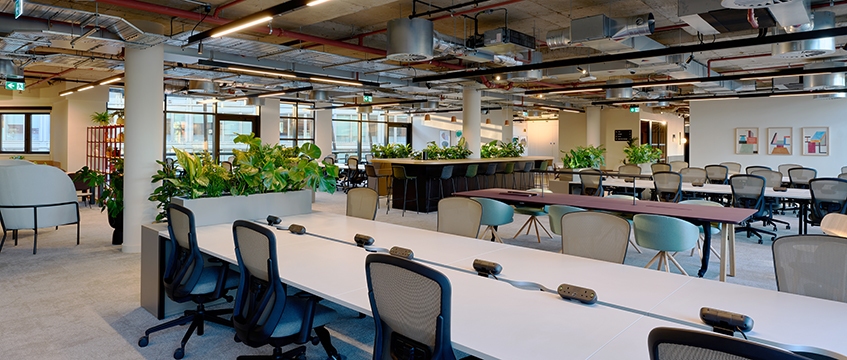Developers shrink margins to compete for land
Half of volume housebuilders have reduced their margins in the last quarter to compete for land amid rising costs, according to new research.
This compares with 28% of small and medium-sized enterprises squeezing their profits to fight for land.
Overall 40% of respondents in Knight Frank’s survey of 38 volume housebuilders and SMEs said they have reduced their margins, as house prices moderate and supply chain delays force build costs up.
Half of volume housebuilders have reduced their margins in the last quarter to compete for land amid rising costs, according to new research.
This compares with 28% of small and medium-sized enterprises squeezing their profits to fight for land.
Overall 40% of respondents in Knight Frank’s survey of 38 volume housebuilders and SMEs said they have reduced their margins, as house prices moderate and supply chain delays force build costs up.
Some 26% of developers said supply shortages of key building materials was the biggest challenge for the sector in the second quarter. This compares with just 7% in Q1.
Material shortages was listed as the second most common challenge in Q2, behind planning delays, as the biggest challenge for 30% of respondents.
Going into Q3, supply chain delays were cited as the biggest challenge for 23% of respondents, followed by planning reforms and political uncertainty (19%) and availability of land (16%).
Justin Gaze, head of residential development land at Knight Frank, said: “Covid-19 quarantine restrictions have led to logistical bottlenecks around the world. For England’s housing sector, the issue has been exacerbated by high levels of construction activity following the seven-week housing market shutdown last year and the subsequent exceptional demand for housing to meet post Covid-19 needs.”
Supply chain challenges and rising costs have coincided with surges in greenfield land values, as housebuilders replenish their pipelines after a period of cost-cutting and scaling back during lockdown.
Knight Frank reported an 8% rise in greenfield land values during the period, equating to a 9.1% jump year-on-year. Meanwhile, urban brownfield and prime central London land values remained flat, with no growth against the first quarter.
In the survey, some 70% of respondents reported “limited” or “very limited” land availability. And 55% said they believe that land prices will continue to climb, with 38% stating that they expect them to stay the same and 7% anticipating decreases.
To send feedback, e-mail emma.rosser@eg.co.uk or tweet @EmmaARosser or @EGPropertyNews
Photo by Richard Gardner/Shutterstock











